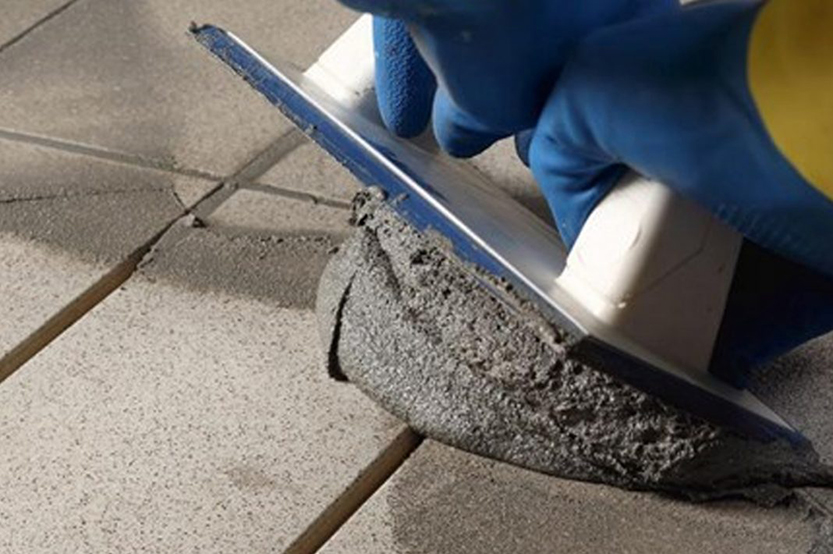
دسامبر . 05, 2024 15:16 Back to list
Exploring the Structural Properties of Hydroxyethyl Cellulose and Its Applications in Various Industries
Hydroxyethyl Cellulose Structure and Applications
Hydroxyethyl cellulose (HEC) is a non-ionic, water-soluble polymer derived from natural cellulose. It is widely utilized in various industries due to its unique properties, structure, and versatility. Understanding the molecular structure of HEC is crucial to appreciating how this compound functions in different applications, ranging from pharmaceuticals to construction.
Molecular Structure of Hydroxyethyl Cellulose
The chemical structure of hydroxyethyl cellulose consists of a cellulose backbone with hydroxyethyl groups (-CH2CH2OH) introduced at several hydroxyl positions. The basic structure of cellulose is a linear chain of β(1→4) linked D-glucose units. The introduction of hydroxyethyl groups enhances the solubility of the polymer in water, as these groups can interact with water molecules through hydrogen bonding.
The degree of substitution (DS) is a critical parameter in the evolution of hydroxyethyl cellulose, indicating the average number of hydroxyl groups that are replaced by hydroxyethyl groups per anhydroglucose unit. Typically, HEC can have a DS ranging from 0.2 to 2.5, affecting its solubility, viscosity, and gel-forming properties.
Physical Properties
The unique structure of hydroxyethyl cellulose gives it several remarkable physical properties. One of the most notable features is its ability to swell in water, forming a viscous gel or slurry. The degree of viscosity can be adjusted by varying the molecular weight and degree of substitution. When dissolved in water, HEC solutions exhibit pseudoplastic behavior, meaning they flow more easily under stress, which is advantageous in many applications.
Another critical property of HEC is its thermal stability. Unlike many other gelling agents, hydroxyethyl cellulose retains its viscosity over a wide temperature range. This makes it suitable for applications where temperature fluctuations occur.
Applications of Hydroxyethyl Cellulose
HEC is employed in a vast array of industries due to its multifunctional properties
hydroxyethyl cellulose structure

1. Pharmaceuticals In the pharmaceutical industry, HEC is used as a thickening agent, binder, and stabilizer in ointments, creams, and liquid formulations. Its ability to form gels makes it ideal for sustained-release formulations, controlling the release rate of active ingredients.
2. Cosmetics The cosmetic industry also extensively uses HEC as a thickener and emulsifier. It improves the texture of products like lotions, shampoos, and conditioners, enhancing the user experience while providing stability to formulations.
3. Construction HEC functions as a water-retaining agent in construction materials such as mortars, plasters, and tile adhesives. It helps maintain workability and prevents the rapid drying of the mixtures, ensuring that they can be applied smoothly and effectively.
4. Food Industry In the food sector, HEC can act as a thickening agent and stabilizer. It helps improve the texture of sauces, dressings, and other products, enhancing their mouthfeel and visual appeal.
5. Agriculture Hydroxyethyl cellulose is utilized in agrochemicals as a suspending agent and a stabilizer for pesticides and herbicides, ensuring uniform application and adherence to plant surfaces.
Environmental Considerations
As a cellulose derivative, hydroxyethyl cellulose is biodegradable, making it an environmentally friendly choice in comparison to many synthetic polymers. However, as with any chemical, it is important to consider the overall lifecycle and environmental impact of its production and use.
Conclusion
Hydroxyethyl cellulose is a versatile and valuable polymer with extensive applications across various sectors. Its unique molecular structure, which enhances solubility and viscosity, makes it suitable for numerous formulations and products. As industries continue to seek efficient and sustainable materials, HEC's role is likely to expand, and ongoing research may unlock further potential uses. Its biodegradable nature aligns with the growing demand for eco-friendly materials, thus solidifying its position as a material of choice for the future.
-
Versatile Hpmc Uses in Different Industries
NewsJun.19,2025
-
Redispersible Powder's Role in Enhancing Durability of Construction Products
NewsJun.19,2025
-
Hydroxyethyl Cellulose Applications Driving Green Industrial Processes
NewsJun.19,2025
-
Exploring Different Redispersible Polymer Powder
NewsJun.19,2025
-
Choosing the Right Mortar Bonding Agent
NewsJun.19,2025
-
Applications and Significance of China Hpmc in Modern Industries
NewsJun.19,2025







